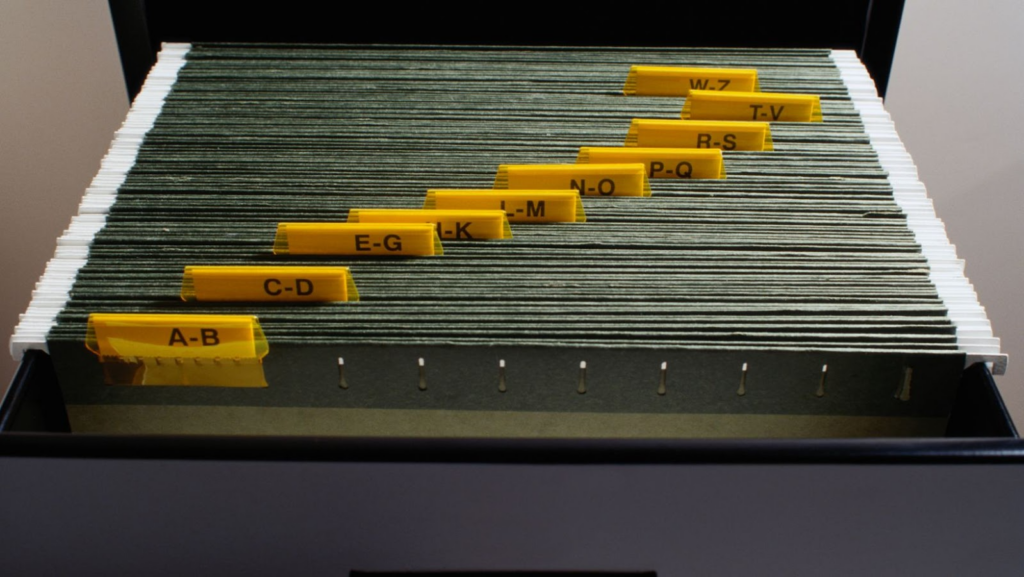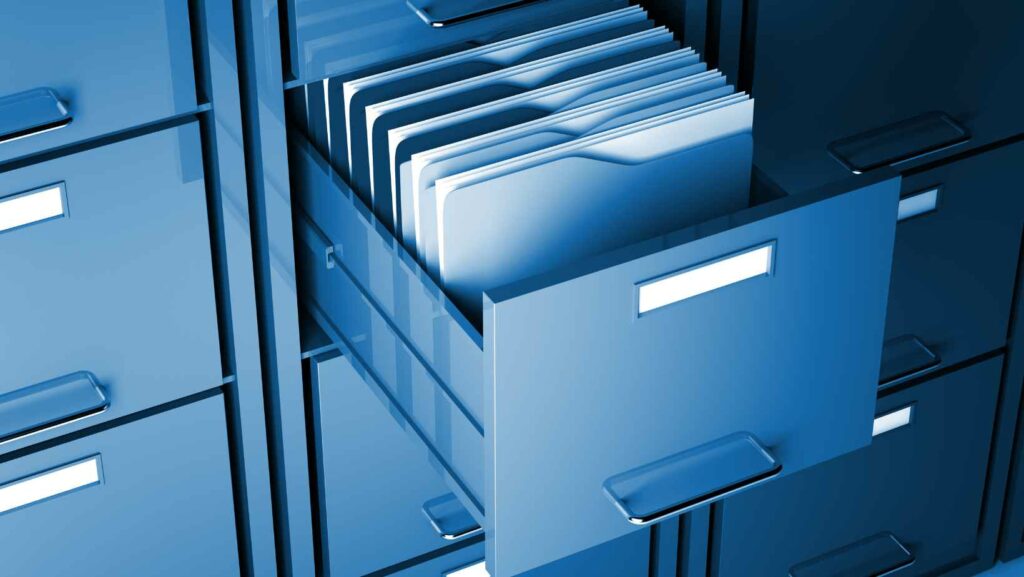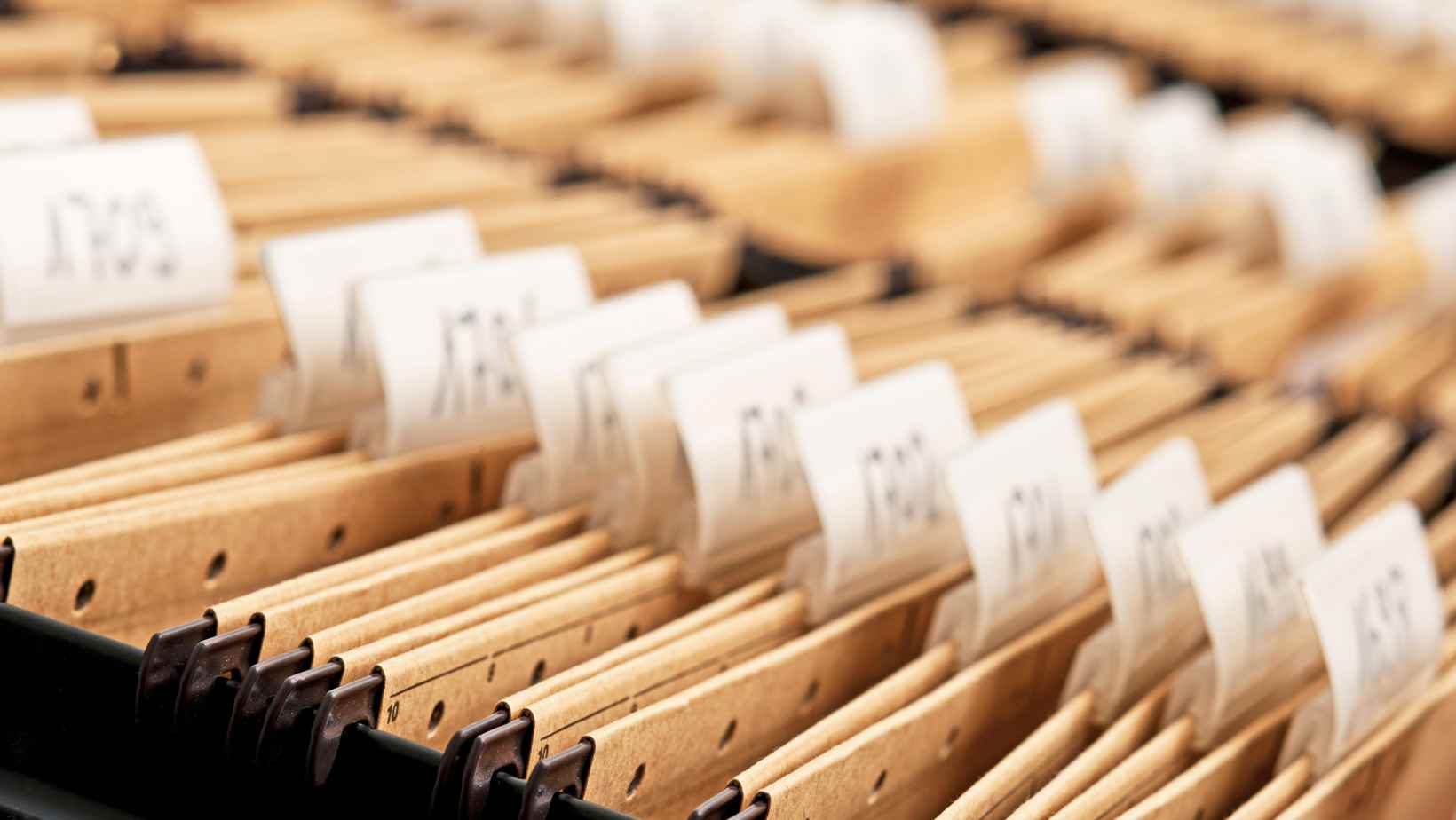How to Use a File Cabinet
A file cabinet can be a great way to organize your paperwork and keep it safe. But how do you use a file cabinet? This guide will give you some tips on how to use a file cabinet so that you can get the most out of it.
Decide what type of file cabinet you need
When you’re looking for a new file cabinet, the first thing you need to do is decide what type of file cabinet you need. The two most common types of file cabinets are lateral and vertical. Lateral file cabinets are wider than they are tall, and they have drawers that extend from both sides of the cabinet. Vertical file cabinets are taller than they are wide, and they have drawers that extend from only one side of the cabinet.
Once you’ve decided what type of file cabinet you need, you need to decide what size you need. File cabinets come in a variety of sizes, from small personal file cabinets to large industrial cabinets. The size you need will depend on how much storage space you need.
Assemble the file cabinet
Start by putting the file cabinet together. Most file cabinets come in a knocked-down state and must be assembled before they can be used. Instructions and any necessary hardware will come with the file cabinet. It is generally not too difficult to put one together, but if you do run into problems, consult the product’s customer support or ask a friend or family member for help.
Install the file cabinet
Installing a file cabinet is a simple process, but there are a few things to keep in mind before you get started. First, be sure to measure the space where you plan to put the cabinet and choose one that will fit comfortably. You should also consider the height of the cabinet and make sure it will be easy to reach all the drawers.
Once you have the file cabinet in place, it’s time to start filling it up! The first step is to label each drawer with a general category, such as “Office Supplies” or “Bills.” Then, start sorting your papers into different categories and filing them away in the appropriate drawer. Be sure to leave some extra space in each drawer so you can easily add more papers later on.
If you’re looking for a more organized way to store your papers, consider using hanging file folders. These folders fit inside the file cabinet drawers and can be labeled with different categories. This makes it easy to find what you’re looking for, and you can even move the folders around if you need to change things up.

Use the file cabinet
There are many types of file cabinets, but they all serve the same purpose: to keep your important papers organized and safe. If you’re not sure how to use a file cabinet, here are a few tips to help you get started.
1. Decide what type of filing system you need. Do you want to organize your papers by alphabetical order, date, or subject? There are many different ways to organize your papers, so take some time to decide what system will work best for you.
2. Purchase the appropriate supplies. Once you know how you want to organize your papers, you’ll need to purchase the supplies you’ll need to get started, including file folders, labels, and other accessories.
3. Label each file folder. Labeling each file folder will make it easier to find the papers you’re looking for later on. Make sure the labels are clear and easy to read.
4. Place each file into its designated folder. Once you have all of your folders labeled, start placing each piece of paper into its designated folder. Be sure to put them in order so that you can easily find what you’re looking for later on.
5. Store the file cabinet in a safe place. Once your file cabinet is full, be sure to store it in a safe place where it won’t be damaged or misplaced.
Tips for Using a File Cabinet
File cabinets are a great way to organize your paperwork, but they can be tricky to use if you don’t know a few tips and tricks. Here are a few tips to help you get the most out of your file cabinet. Hopefully, these tips will help you keep your paperwork more organized and make it easier to find what you need.
Label the file cabinet
Before you start using your file cabinet, it’s important to label it. This will help you keep track of what’s inside and make it easier to find what you’re looking for. There are a few different ways to label a file cabinet:
-By room: If you’re using the file cabinet in a specific room, like an office or home gym, you can label it with the room name. For example, “Office” or “Gym.”
-By project: If you’re using the file cabinet for a specific project, like redecorating your home or planning a wedding, you can label it with the project name. For example, “Redecoration” or “Wedding.”
-By date: If you’re using the file cabinet for documents that need to be stored in chronological order, like financial records or medical files, you can label it with the year. For example, “2014” or “2015.”
Once you’ve decided how to label your file cabinet, use labels and a marker to write the chosen category on the front of each drawer.

Arrange the files in the file cabinet
To organize your file cabinet, start by sorting your files into categories. For example, you might have a section for financial documents, another for medical records, and another for personal correspondence. Once you’ve sorted your files into categories, arrange them in alphabetical order within each section. This will make it easy to find the documents you need when you need them.
If your file cabinet is small, you may need to get creative with your storage solutions. For example, you can use hanging folders to create additional storage space on the top of the file cabinet or on the back of doors. You can also use magazine holders or other small containers to store loose items such as pens and paper clips. When organizing your file cabinet, be sure to label everything so that you can easily find what you need.
Keep the file cabinet organized
In order to use a file cabinet effectively, you need to keep it organized. This means having a place for everything and keeping everything in its place.
Start by designating a spot for the file cabinet in your home or office. If you can, put it in a central location so that it is easy to access when you need it. Once you have a designated spot, make sure to clear out any clutter around it so that you can easily get to the files you need.
Next, label each drawer of the file cabinet so that you know what goes where. You can use color-coded labels or simply write out the contents of each drawer on a piece of tape and affix it to the front. This will help you keep track of what goes where and make it easier to find what you are looking for.
Finally, be sure to regularly clean out your file cabinet and get rid of any files that you no longer need. This will keep your space tidy and prevent you from having to search through mountains of paper when you are looking for something specific.
How to Maintain a File Cabinet
If you are looking for tips on how to use a file cabinet, you have come to the right place. A file cabinet is a great way to keep your paperwork organized. Here are a few tips on how to maintain a file cabinet.
Clean the file cabinet
The first step to maintaining a file cabinet is to clean it. You can use a mild soap and water to clean the outside of the cabinet. If the cabinet is very dirty, you may need to use a stronger cleaner. Be sure to read the labels on cleaners before using them.
Once the file cabinet is clean, you can start organizing your files. It is important to label the files so that you can find them easily. You can use index cards or file labels to label the files. If you will be using the file cabinet frequently, you may want to consider investing in a file labeling system.
Once the files are labeled, you can put them in chronological order or by subject. If you have a lot of files, you may need more than one file cabinet. You can also use filing cabinets to store other items, such as books or magazines.
Inspect the file cabinet
Before you start using your file cabinet, take a look at it to make sure that it is in good condition. If the cabinet is made of wood, look for cracks or water damage. If the cabinet is made of metal, look for rust or dents. If the file cabinet has any damage, it may not be able to hold as much weight as a file cabinet in good condition.
Repair the file cabinet
If your file cabinet has seen better days, don’t despair. With a little elbow grease, you can bring it back to its former glory. Here are some tips for repairing a file cabinet:
-Start by sanding down the surface of the file cabinet. If the finish is in good condition, you can just sand down the scratches and apply a new coat of paint or stain. If the finish is in bad condition,you’ll need to strip off the old finish before applying a new one.
-Once you’ve sanded the surface of the file cabinet, apply a primer before painting or staining. This will help the new paint or stain adhere to the surface better.
-When applying paint or stain, use smooth, even strokes. Start with light coats and build up to heavier coats if necessary.
-After the paint or stain has dried, apply a clear sealer to protect the finish.
With these tips, you can easily repair your file cabinet and make it look like new again!
